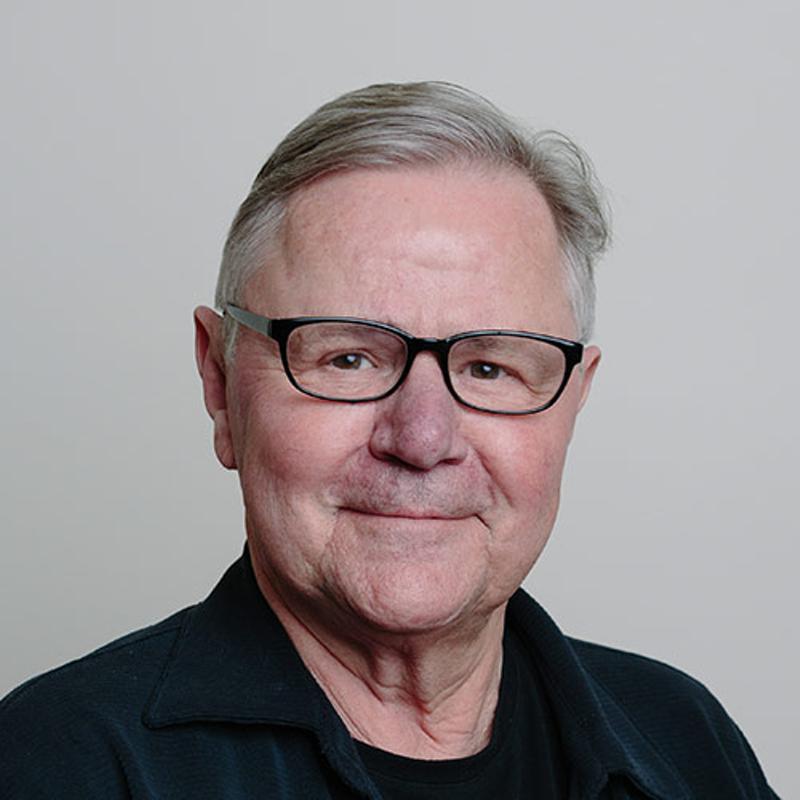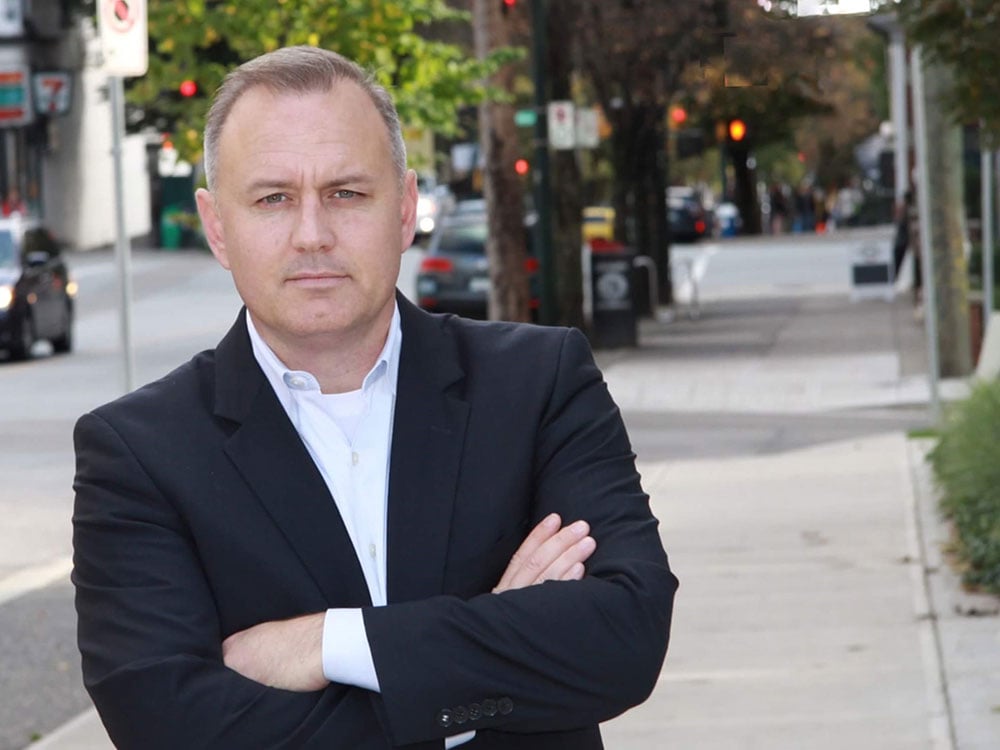Marshall Smith has a powerful back story for someone in the recovery movement.
Prison guard becomes a high flying and likeable BC Liberal aide in 2001, then crashes into a cocaine and meth problem, prison and recovery.
Emerges to head a praised “recovery community” in northern B.C.
And builds on that experience to rise to become Alberta Premier Danielle Smith’s chief of staff and the architect of the province’s controversial drug policy which shuns harm reduction and commits to treatment — forced if necessary.
But a report newly released under B.C.’s freedom of information legislation raises tough questions about Smith’s time as executive director of the Baldy Hughes Therapeutic Community.
And suggests the project was mismanaged during Smith’s tenure.
Baldy Hughes was supposed to be a new model for former BC Liberal cabinet minister Lorne Mayencourt — Smith’s first boss in the legislature — when it was decided the province needed a recovery community modelled on one in San Patrignano, Italy. The community offered long stays and the chance to work on its farm and other enterprises and was widely praised.
Mayencourt raised money and launched the project on a former military base near Prince George, hiring Smith as executive director in 2008. “Baldy Hughes Therapeutic Community is a project of love that will make a difference in the lives of people we’re serving,” Mayencourt said.*
But the internal B.C. government report from 2011 is sharply critical of the centre under Smith’s leadership. The report, by Legacies Advisory Group, was released last month as a result of an FOI request.
It was harsh. The centre was not licensed by Northern Health as a community care facility, and “would not meet licensing requirements for standards of care,” it found.
“Numerous examples of non-conformance with licensing standards have been observed in all cornerstones of the facility and program to include: clinical, health and safety, human resources and business practices,” said the report.
Staff weren’t trained in administering medications, and “multiple sources report medication errors occur on a regular basis.” The pharmacist contracted by Baldy Hughes said he had “numerous and serious concerns about medication management over the past year and a half.”
The review also contacted local medical, addiction and mental health professionals. Their efforts to connect with Baldy Hughes went nowhere, they said, even when they were seeking to support former clients.
“Their experience was that it was a ‘closed community,’ which reflects concerns regarding the accountability and transparency of the program and facility,” the report found. “We observed nothing that would comfortably assure us that the facility was in the process of raising the standards of care.”
In fact, quite the opposite. Staff didn’t know how to use the “short-term manuals” that formed the basis for the treatment program and “stated the residents have not been receptive to the material.” The program encouraged residents to embrace the AA abstinence-based 12-step principles, but failed to provide other supports.
“There was no individual or group support for basic life skills.”
Intake assessments for new residents weren’t complete, including assessment of suicide risks. Discharge plans were often “not appropriately completed, or non-existent.” The food was inadequate, and programs mostly non-existent.
In November 2007, the review noted, before the official opening, Baldy Hughes had said “a next critical step” was establishing a “clinical advisory board to develop the treatment regime.” Almost four years later, it found no evidence that critical step had been taken.

The promise was that Baldy Hughes would offer a long-term “therapeutic community” where people would receive treatment, work on the site and develop skills, like the Italian model.
But the review found the on-site farm and work programs weren’t operating. The centre had been developing work programs in 2009 to give residents skills and credentials, but those had been abandoned.
There was a lack of medical support and residents used a walk-in clinic in Prince George.
And Baldy Hughes staff received “minimal training,” despite the complex needs of the residents.
“Generally, staff members are unqualified, lack experience to perform their duties and do not have core competencies,” the review found. “We spoke with several employees who shared that upon hiring, they had received no employee orientation or job training.”
A mess, one might conclude. Underfunded to an extent that “put the community at risk.”
And a dangerous one since vulnerable people were being offered hope and put into a flawed experiment, some paying $3,000 a month for the privilege.
But did it work? A study by a University of Northern British Columbia professor of 107 clients found 63 “successfully completed” the program — 58 per cent. The other 42 per cent left.
And the Legacies Advisory Group review noted that only 76 per cent of those who completed the program were still not consuming alcohol or other drugs — the goal of the abstinence-based program — after at least three months.
Which means that of the sample 107 people who entered the program, only 48 — less than half — actually “recovered,” based on its definition. Much lower than other treatment options, the review found.
Which raises serious questions about the Alberta government’s opposition to harm reduction and reliance on five new long-term treatment centres. If they end up reflecting the Baldy Hughes low 45-per-cent “success” rate while making it difficult for those who relapse to use safer drugs, that is condemning people to preventable deaths. The government hasn’t offered details about its plans to avoid deaths while people wait for treatment if it is ineffective.
Smith left Baldy Hughes in March 2011. “The board and I have made a decision that I will be moving on, and this is the time to do that,” he said then. “I like to end things in good times. This is a high time and I've decided, along with the board, that this is the time for me to move on."
Four months later the damning review was delivered to BC Housing, which had spent $3 million to buy the property in 2010.
And two days after that, the B.C. government took over the centre, which was struggling financially and gripped by internal board conflicts.
Controversies about Smith’s time at the centre have emerged before. In 2021 Jeremy Hainsworth of Glacier Media reported allegations that clients were encouraged to make phone calls soliciting support for current B.C. Opposition Leader Kevin Falcon’s unsuccessful 2011 leadership bid. Smith said clients did participate in political campaigns, but “no client or staff member ever directed or compelled individuals to support any party or candidate. All activity was off-site, and strictly voluntary.”
I reached out to Smith a week ago, who I knew from my time in the B.C. Press Gallery, to talk about the report. But there was no response.
Baldy Hughes continues to struggle. On Aug. 1, the society that had operated the recovery centre since it opened handed it over to Connective Support Society, which said it would take a few months to figure out next steps.
It’s not surprising that Smith, hired to head the centre with no experience or training in management, health-care delivery or treatment — except as a client — appears to have failed to deliver on the promises made to clients and funders.
But it is surprising that the failure was the first step into a critical, life-and-death role shaping drug policy for 4.4-million people.
* Story updated on Aug. 11 at 2:16 p.m. to correct the year Marshall Smith was hired as an executive director. ![]()

















Tyee Commenting Guidelines
Comments that violate guidelines risk being deleted, and violations may result in a temporary or permanent user ban. Maintain the spirit of good conversation to stay in the discussion and be patient with moderators. Comments are reviewed regularly but not in real time.
Do:
Do not: